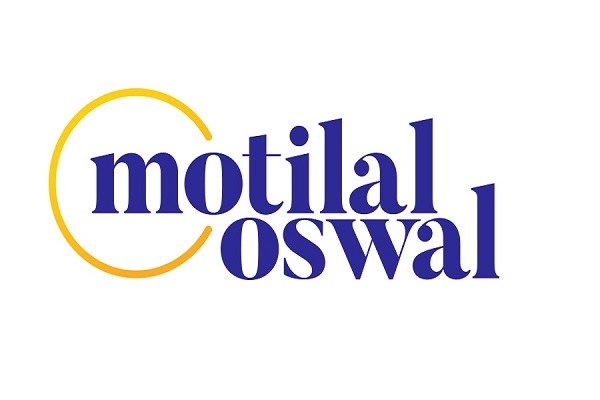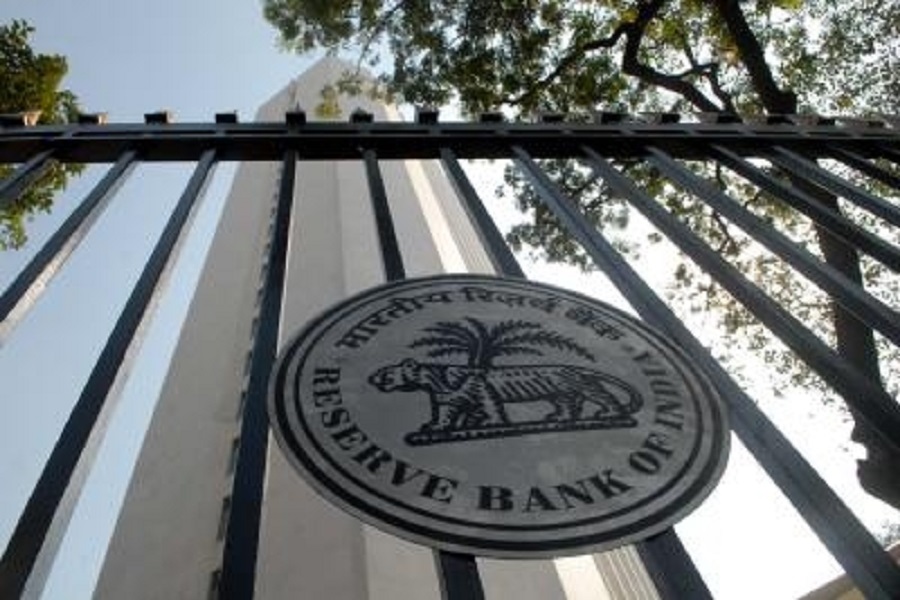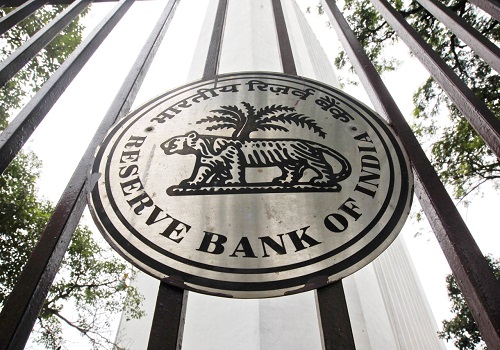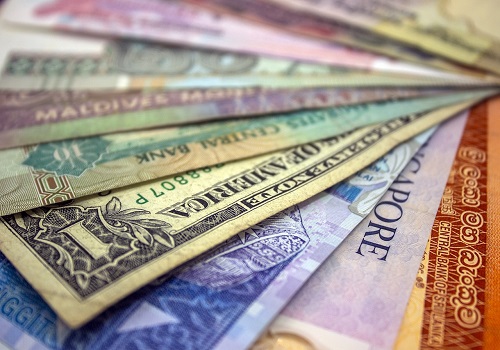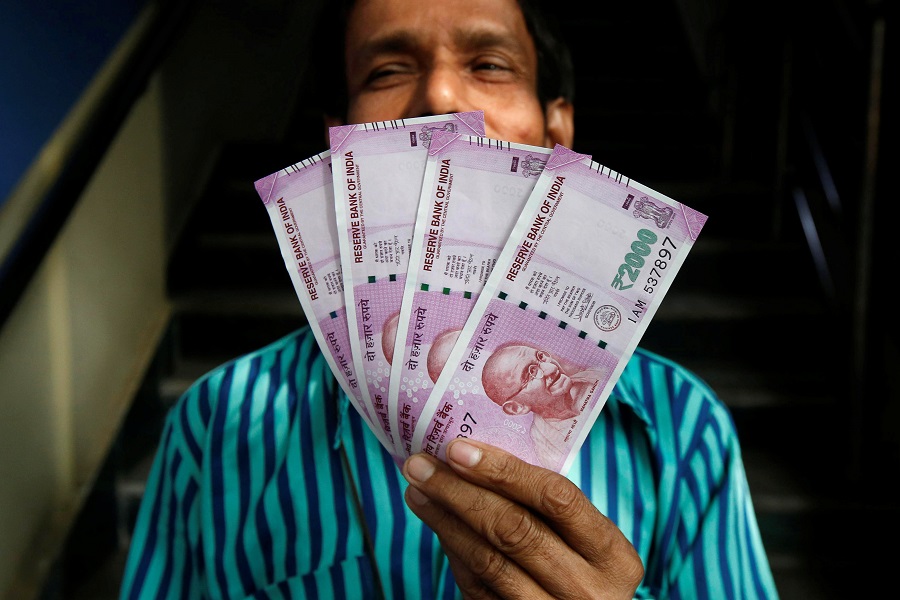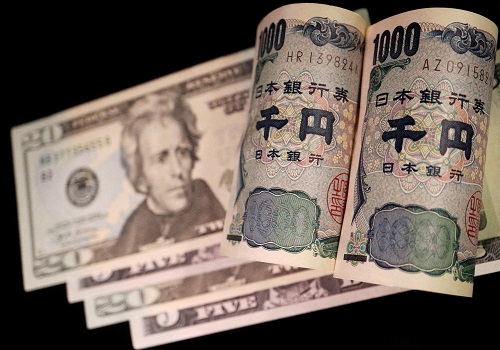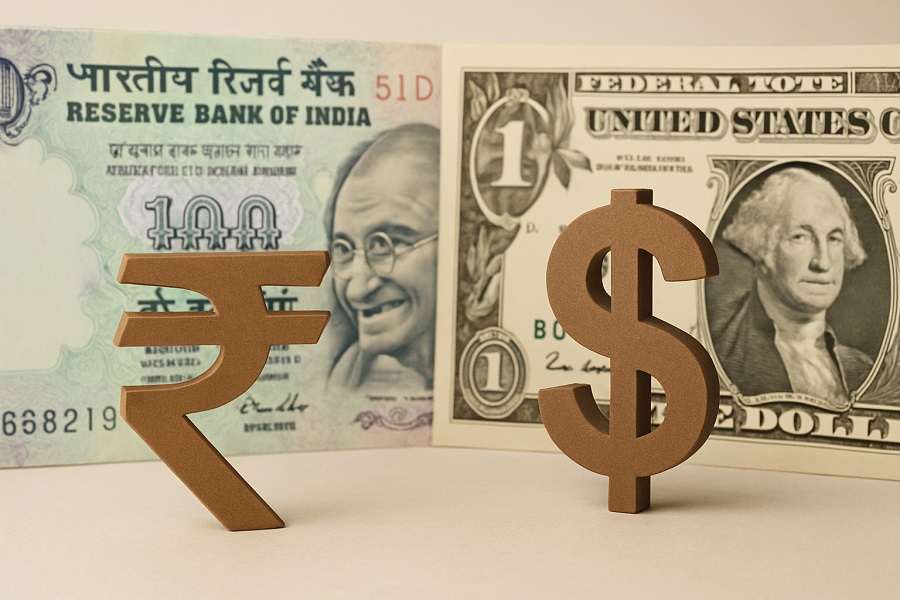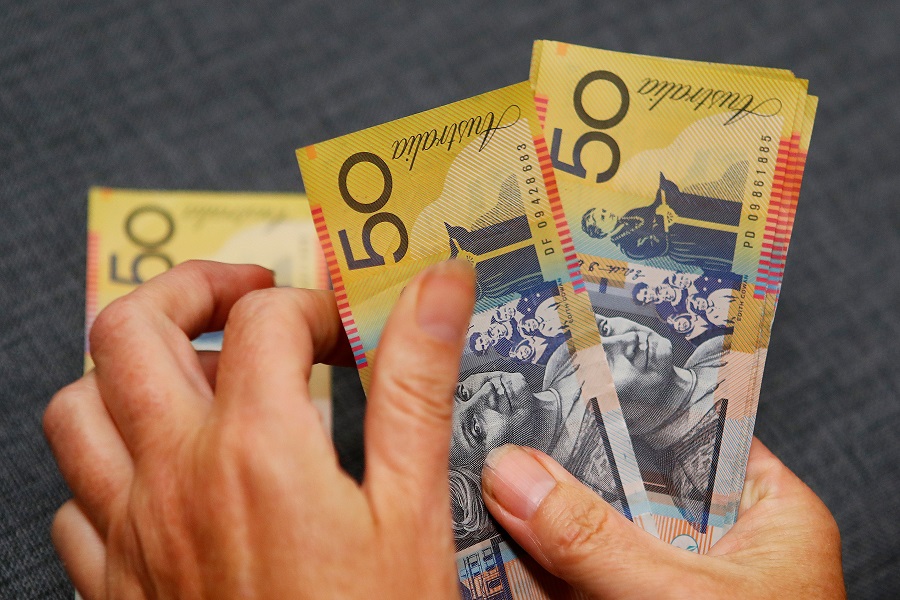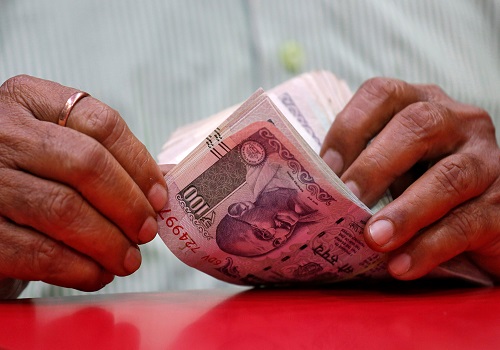Dollar, yen hold tight ranges ahead of BOJ, Federeal Reserve

The dollar and yen kept within close ranges on Tuesday as traders awaited a barrage of key central bank decisions, kicking off with midweek monetary policy meetings from the Bank of Japan and Federal Reserve.
The Japanese currency was taking a breather from its recent rally as the BOJ began its two-day meeting on Tuesday, having surged over 2% against the dollar last week.
A slew of factors have collided to help the yen strengthen from the 38-year low of 161.96 hit against the dollar at the start of the month, including a global stock rout and monetary policy expectations.
The BOJ has already said it will announce quantitative tightening (QT) plans, with the middle-of-the-road view calling for the bank to gradually halve its monthly bond purchases over a two-year period.
But questions remain about whether the BOJ will increase rates on Wednesday in what would be Japan's second hike this year, and analysts are pointing to the central bank's track record of disappointing hawkish market expectations.
"The real risk from the BOJ is no hike and a weaker yen, given their tendency to undershoot expectations at recent meetings, and hopes of a hike sitting quite high," said Matt Simpson, senior market analyst at City Index.
Markets are currently pricing in a 63% chance of a 10 bps hike.
The greenback was last 0.12% higher, fetching 154.205 against the yen.
The dollar index, which measures the currency against a basket of peers, was little changed at 104.64.
The Fed is widely expected to stand pat this week, but markets are betting the U.S. central bank will begin cutting rates at the following meeting in September.
Investors will be listening for any hints that Fed Chair Jerome Powell may drop on how soon policymakers are prepared to cut rates at his press conference.
While the Fed does not meet in August, Powell could also use the Jackson Hole gathering of central bankers in late August to prepare the market for a rate cut, giving policymakers more time to assess economic data.
That includes Friday's July employment report, with Fed officials becoming increasingly focused on the potential for harm to the labor market if they keep borrowing costs above inflation for too long.
But failing to give a clear signal of a September cut this week could lead to a strengthening of U.S. Treasury yields and the dollar, said City Index's Simpson.
Meanwhile, the Bank of England's first interest rate cut since 2020 hangs in the balance amid increased uncertainty, as key policymakers have not spoken publicly for more than two months due to rules in the run-up to July 4's election.
Sterling was last trading at $1.28495, down 0.08% on the day. The euro was nearly flat at $1.0816.
Elsewhere, the Australian dollar fell 0.05% versus the greenback to $0.6546.
The kiwi was mostly unchanged at $0.5876. In cryptocurrencies, bitcoin last fell 0.77% to $66,843.53.



.jpg)


